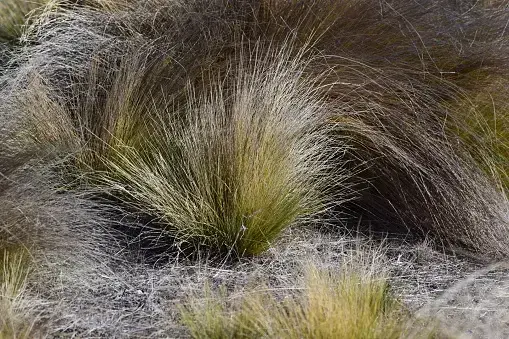by Kirsty Yeates
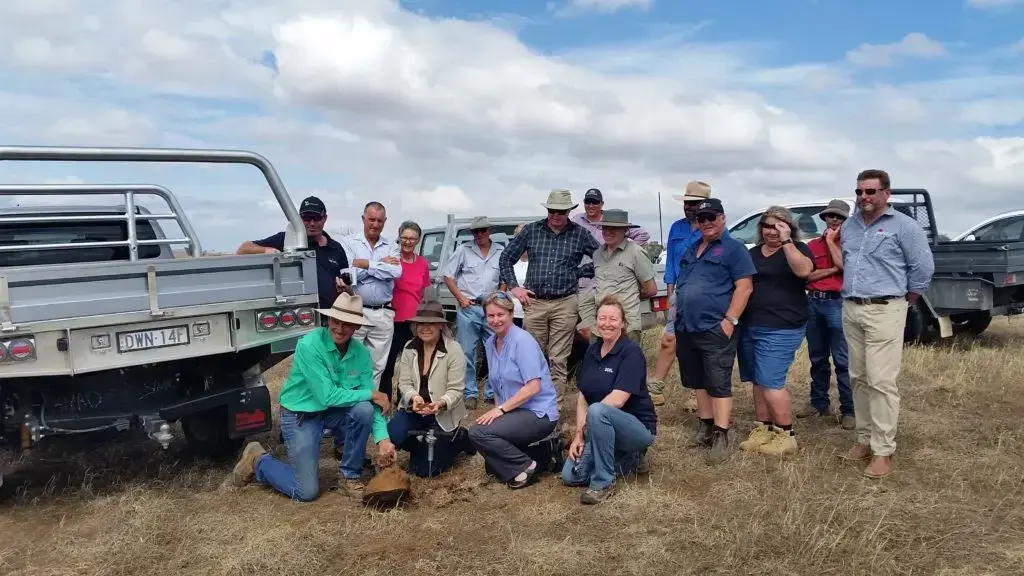
The Soil CRC is all about giving farmers the knowledge and tools they need to make decisions on complex soil management issues. Soils For Life is proud to be a partner in what is Australia’s largest collaborative soil research initiative. The recent eNose Workshop in Young, NSW with the University of Tasmania was certainly an example of the focus on farmers!
There aren’t too many on-farm ways to assess and monitor the health of soil microbial communities. We all recognise that delicious, earthy smell of healthy soil or recoil when we smell a soil that we just know isn’t right. Using these aromas, researchers from the University of Tasmania (UTAS) are leading a Soil CRC project to develop an electronic nose (the ‘eNose’) to help monitor and diagnose soil health.
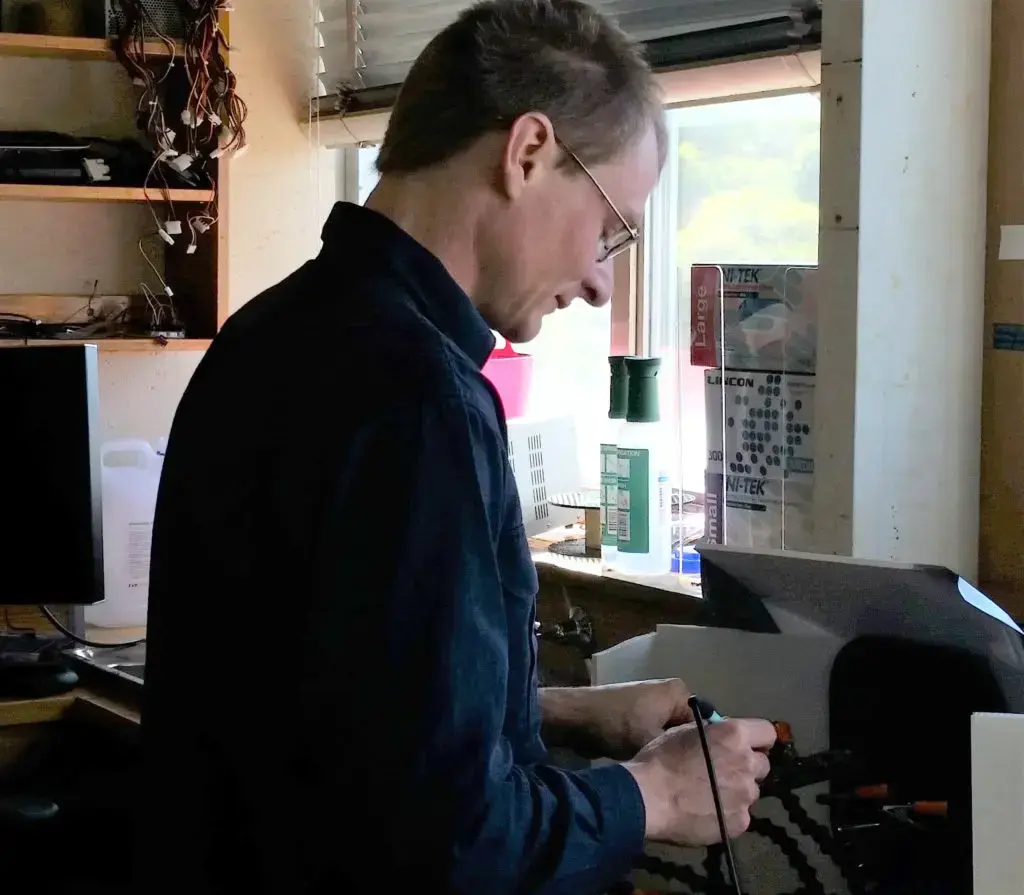
There are some real challenges to building a tool to monitor soil biology. Dr Rob Hardy (UTAS) is exploring ways to build a suitable sensor array from low cost, off-the shelf components. To make sure the technology is useful, useable and provides the information that farmers are looking for, Dr Shane Powell (UTAS) teamed up with Kirsty Yeates from Soils for Life and we headed out to Young to find out what farmers think.
Bill and Rhonda Daly, from Milgadara, are well known at Soils For Life for their long-term focus on building healthy living soils as well as sharing their knowledge. You can read about their story here. It was a great place to start and they were only too happy to host us, along with a group of farmers from around the region for the day.
A tour of YLAD’s compost facility demonstrated how to quickly build a healthy, humus-rich compost. Getting the temperature right, as well as the soil moisture, the right microbes and ratio of carbon to nitrogen inputs were all critical to high quality compost.
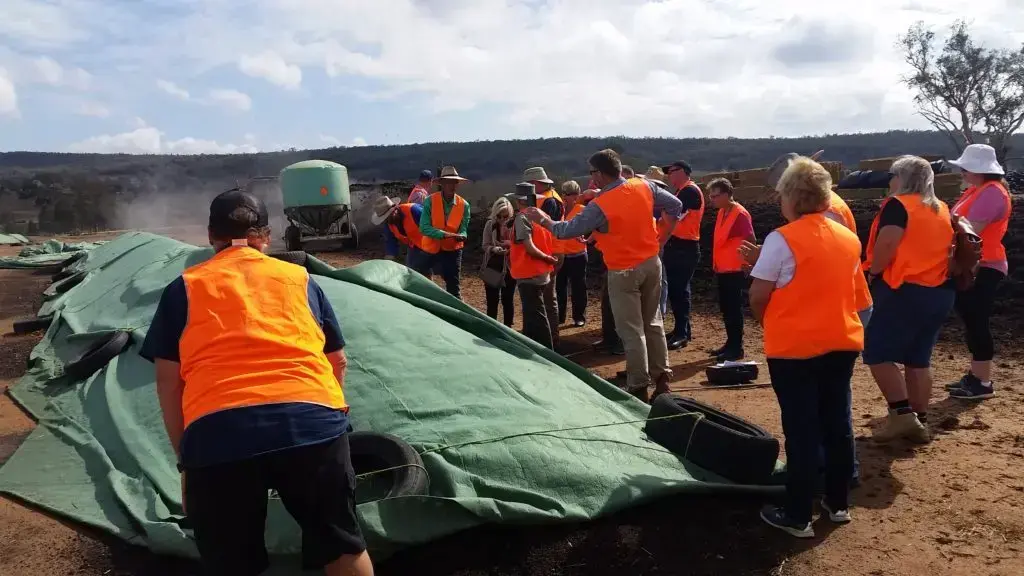
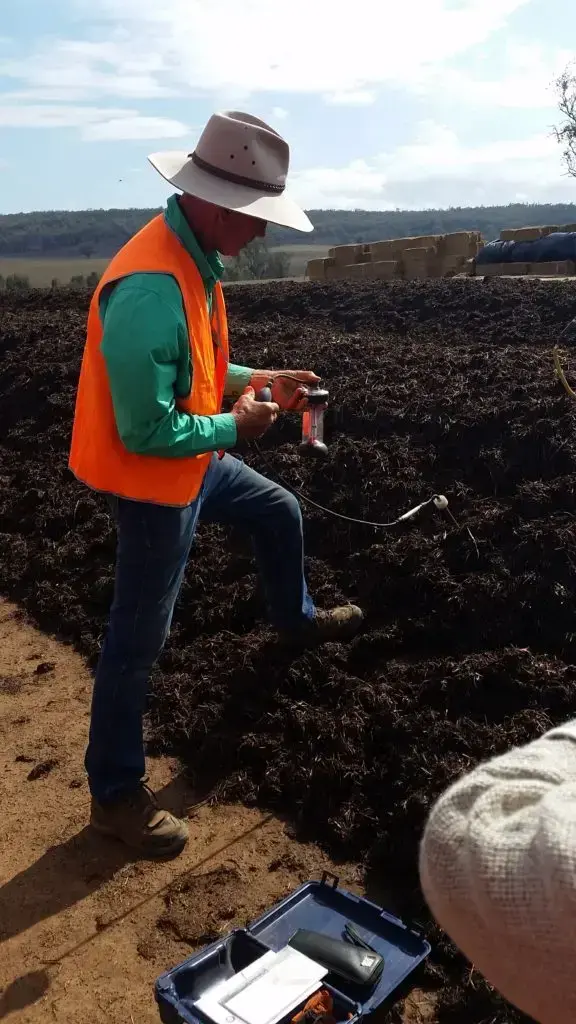
forming compost pile.
It’s been a long dry period but with a quick, intense storm the night before we moved out to the paddock to see mushrooms popping up through the soil. It was perfect to dig into the soil and see what we could smell.
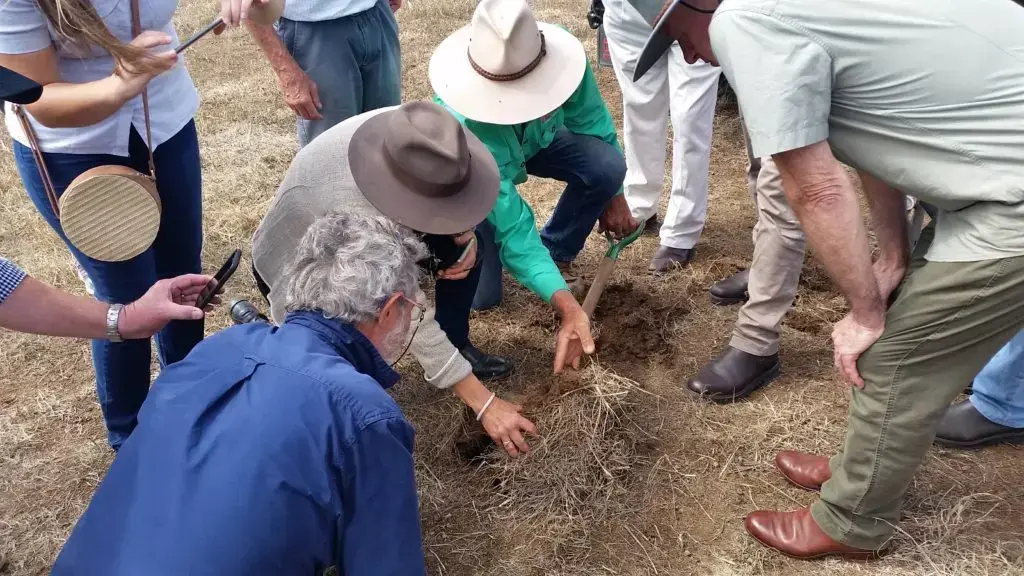
As a microbial ecologist, Shane Powell, knows only too well how complicated living soil can be. She shared insights into the many roles that the microbial communities have: nutrient cycling, decomposition, causing disease, suppressing disease, building soil structure and even promoting plant growth.
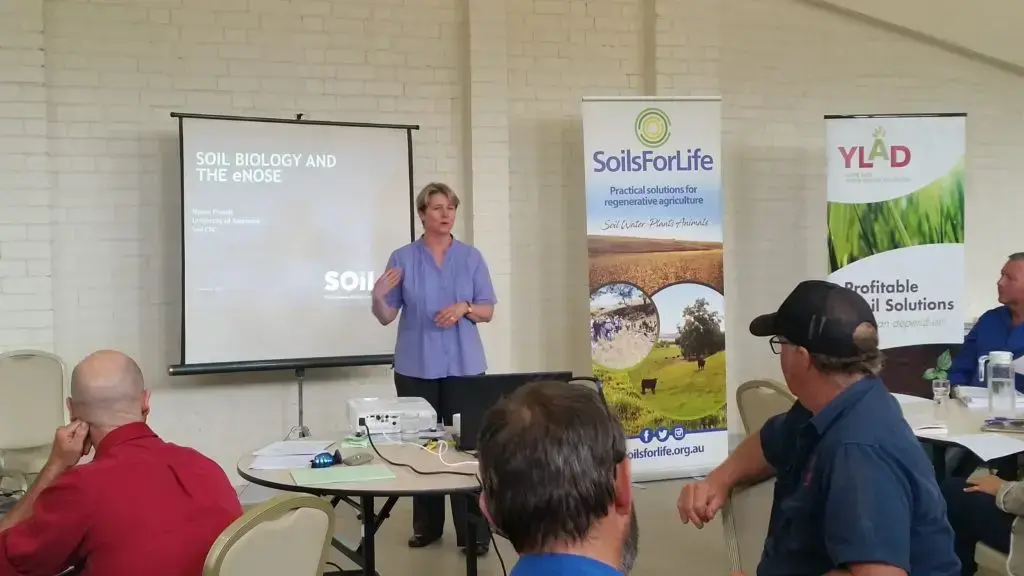
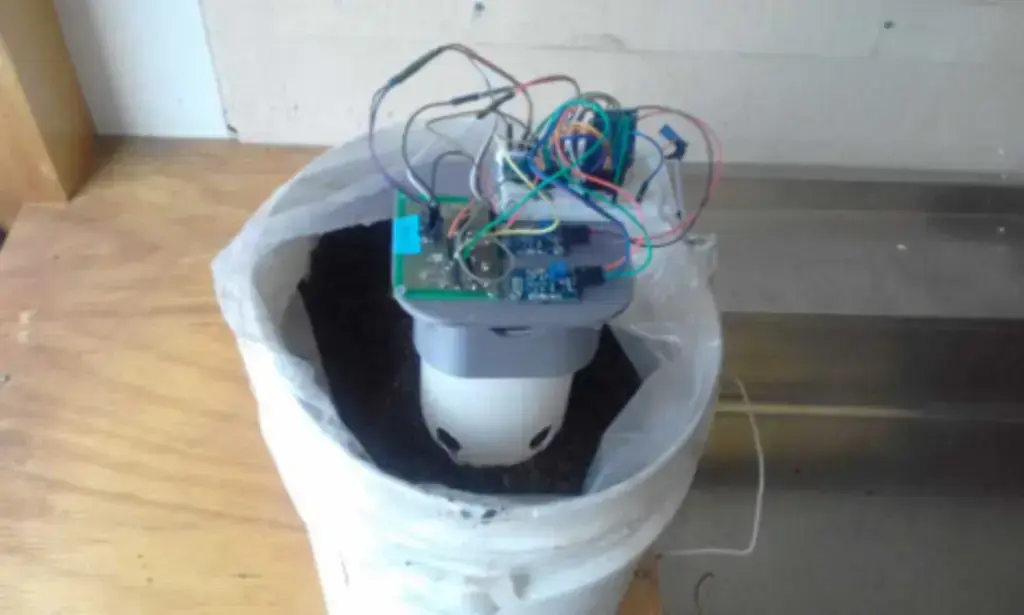
From here, we moved into a pretty lively discussion. Everyone shared what problems they were trying to solve and talked about the type of things they were prepared to do to find out more about their soil biology. A lot of ideas were generated about how the device could be used and what it could add to the information farmers currently use to help manage their soils.
For everyone that came along to talk about soil biology and share their ideas, we say thank you! This is what the best, collaborative science is all about. Space to focus and think about what farmers really need, as well as support from the science community to develop much needed new technologies and understanding.
There’s a lot to do but keep your eye out and we’ll let you know how the project goes.



